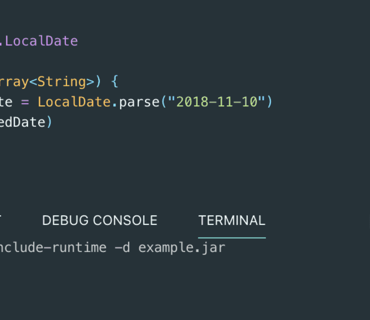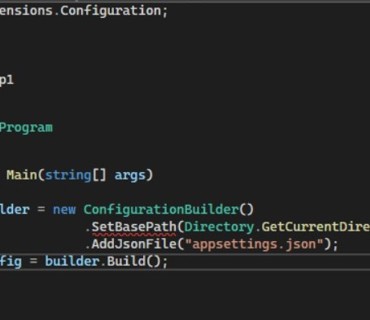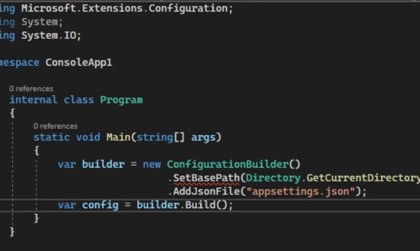AWS Migration: A Step-by-Step Guide
Migrating to the cloud can be a daunting task for any organization, but with the right planning and execution, it can be a smooth and seamless process. In this blog post, we will walk through the steps of migrating to Amazon Web Services (AWS) and provide tips for a successful migration.
1: Assess Your Current Environment
The first step in any migration is to assess your current environment. This includes understanding your current infrastructure, applications, and data. This will help you determine what needs to be migrated and what can be left behind.
2: Create a Migration Plan
Once you have assessed your current environment, you can create a migration plan. This plan should include timelines, resources needed, and any potential risks. It's also important to identify any dependencies between applications and services, so you can ensure a smooth migration.
3: Choose the Right AWS Services
AWS offers a wide range of services, so it's important to choose the right ones for your migration. This includes selecting the right compute, storage, and networking options to ensure that your applications and services will run smoothly in the cloud.
4: Execute the Migration
Once you have chosen the right AWS services and created a migration plan, it's time to execute the migration. This can include using AWS's native migration tools, such as the AWS Database Migration Service or the AWS Server Migration Service. It's also important to test your applications and services in the cloud to ensure they are working as expected.
5: Monitor and Optimize
Once your migration is complete, it's important to monitor and optimize your environment. This includes monitoring for any performance issues, optimizing your AWS services to reduce costs, and ensuring that your applications and services are running as expected.
Tips for a Successful Migration:
-
Test your applications and services in the cloud before migrating to ensure that they are compatible with AWS.
-
Use AWS's native migration tools, such as the AWS Database Migration Service or the AWS Server Migration Service.
-
Monitor your environment after the migration to ensure that your applications and services are running as expected.
-
Optimize your AWS services to reduce costs and improve performance.
-
Communicate and collaborate with your team, stakeholders and AWS support team throughout the migration process.
Migrating to AWS can be a complex process, but with the right planning and execution, it can be a smooth and seamless experience. By following the steps outlined in this blog post, you can ensure a successful migration to the cloud.






